The history of the Acushnet River, of course, goes back to the time there wasn’t a sole strand of European DNA on the continent. Wampanoags were said to number approximately 12,000 individuals just prior to Bartholomew Gosnold’s arrival to the Smoking Rocks in 1602.
Within the Wampanoag tribe there was a small band of peoples called the “Cushenas.” They populated both sides of the Acushenagg River as it was called back then. Their name for this little spot of theirs was Cushenagg or Cushnea depending on the dialect.
Interestingly, the word “cushnea” means “as far as the waters.” This was the reply to Europeans when asking about the parcels of land they intended to purchase.
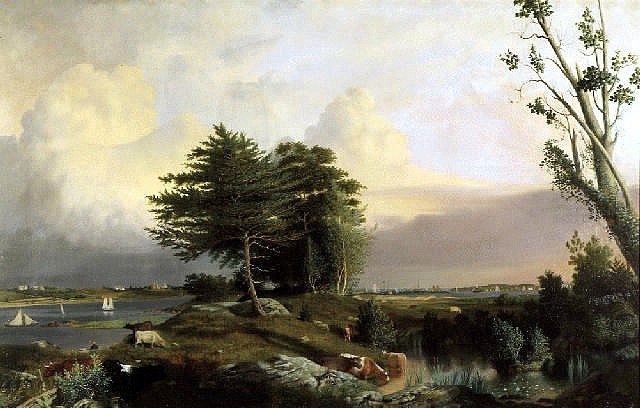
View Down A River (1853) by William Allen Wall (New Bedford Whaling Museum Photo)
Through interaction, particularly trading with the Cushenas, the earliest European settlers heard variants of words that contained the sound “cushen” when discussing the people, river, and land. It was only a matter of time before, Europeans would pick up the word and as normally happens with adopted words they become corrupt.
This isn’t a slag on the intellect of the earliest settlers, but an actual linguistic term for word transfer. Indeed, historical records show almost 50 variants were used by the Europeans. Within a few years, the early colonists commonly referred to the area as Cushnet Country, “Cushenagg Naighbourhood” or Cushena Plantations.
Over time, the word Acushnet evolved from those early corruptions. We have Acushnet Avenue, the town of Acushnet and the Acushnet River as reminders. Special note should be made to the whaling vessel, the “Acushnet” which Herman Melville actually worked on.
At the Start of an Early America
How important was this region to the area? To the nation? It was a figurative and literal lifeline. It was integral. It was a foundation of those earliest settlers. Waterways allow people to colonize. It’s redundant to say that water is needed for sustenance. We take its presence for granted since it is so readily available. However in the 17th century, it was the primary goal- and I can’t understate its importance enough -of every explorer, pioneer, settler or colonist. If you are the first person or group of explorers to a new land, the very first thing sought out is water.
People cannot fend for themselves, function, labor, or even think clearly without water as sustenance. Water is needed by the smithy to work his metal. Horse can’t be shod, arms can’t be built, repaired or utilized. Nails to hold homes together to protect people from the elements can’t be created. Homes on fire could not be extinguished. Food can’t be cooked without pots and pans to cook them in.
While food can be eaten without cutlery, society in the 17th and 18th century would have dictated that decorum and etiquette be had. While survival was the primary goal, a few luxuries could go a long way in boosting morale. All of these things, from survival necessities, luxuries to morale were impossible without water. The proverbial snowball effect applies. Let me reiterate the importance of water.
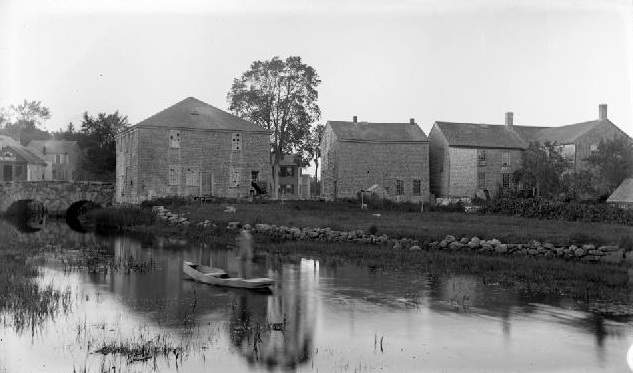
Head of the Acushnet River aka River’s End (New Bedford Whaling Museum Photo)
Beyond the local and immediate needs that water served, to go further into to the interior, water was the highway. Shrubbery, forest, undergrowth, animals and natives were a barrier. Rivers were yesterday’s highways. You were on the water you needed to function and survive. You didn’t have to hack, hew and labor through dense forest, burning precious calories along the way. Animals could thoroughly be avoided. While Natives could not be avoided, there was a buffer of distance providing some safety. One could only be ambushed at a fair distance.
So whether you are an explorer, settler, or colonist you need to find a waterway so you can live, and a community can develop around it. The success of these first communities, not just here using the Acushnet River, but wherever they were, allowed the entire nation to develop. The Acushnet River was one of the first rivers to be utilized to allow these early communities to thrive.
The early communities developed from homestead to hamlet, to village, town, and city. This process of accretion was based on that initial discovery of the waterway. The Acushnet River served many homesteads that would develop into larger communities along its 8.6-mile course, from its source at Long Pond in Lakeville to its emptying into Buzzard’s Bay. It has directly contributed to the success of New Bedford on its West Bank, Fairhaven on its East Bank, Lakeville, Freetown, and Acushnet. Indirectly it has allowed many more towns to thrive.
Progress Onward and Beyond
Once these communities began to grow and prosper, centuries later it would allow entire industries to exist from whaling, logging to textile. This meant a massive economic boon for the region. Unfortunately, with this burgeoning growth came the destruction and pollution of the river. Many people harbor anger towards the relatively modern companies and organizations that dumped PCBs and other chemicals into the river, making this historical and once gorgeous natural resource unswimmable and unusable as a food resource.
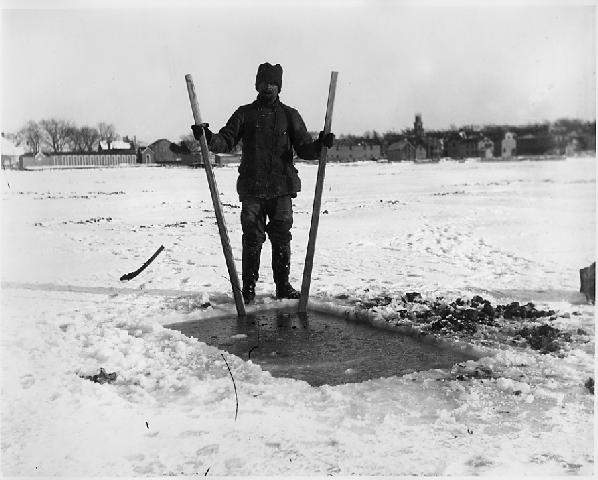
Quahogging on the Acushnet River (NB Whaling Museum Photo)
However, as early as 1899 the local Board of Health had declared that going for a dip would be detrimental to your health. It would have taken decades for it to get to that point. New Bedford’s sewer pipes had been dumping directly into the river for years and caused a sort of karmic revenge in the form of a Typhoid Fever break-out infecting 575 people and killing 93 from eating shellfish. The Board of Health went from “Don’t swim there.” to “Don’t swim or eat from there.” In 1904 they closed the river to swimming, shellfishing, and fishing. Geez. Great timing fellas.
20th century Acushnet River; Today
Today it’s hard to grasp. It seemed obvious and not requiring much common sense to not “shit where you eat.” However, one has to chalk it up to the scientific understanding of the time and general ethos and psyche of society. Remember, there was a time when smoking was considered healthy, women weren’t considered equal, children as young as 8 worked 50 hour work weeks. This was the norm. Everyone dumped into rivers. One would be incorrect to think it was solely the big, bad, evil corporations that did the polluting. The general populace played a strong role in polluting the river.
 New Bedford Guide Your Guide to New Bedford and South Coast, MA
New Bedford Guide Your Guide to New Bedford and South Coast, MA

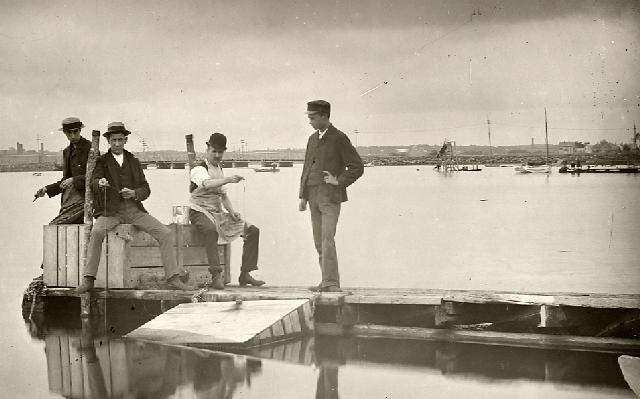





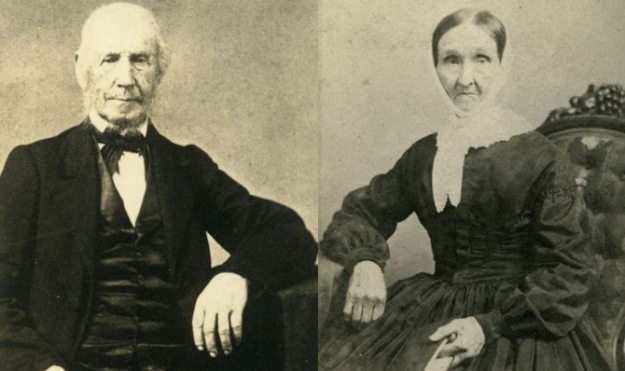
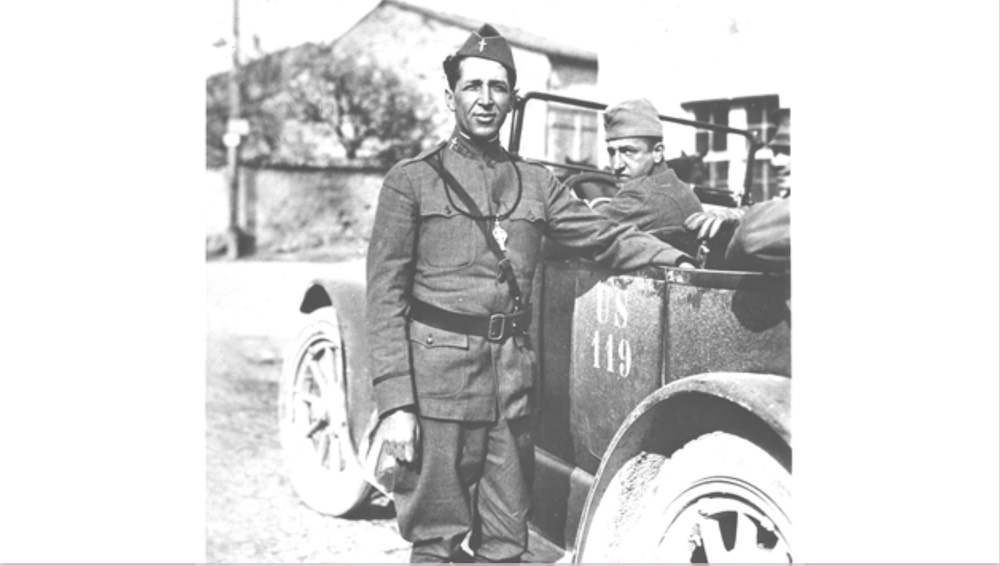

Great read Joe! This is awesome to learn a bit more about the value of the waterway…Does our local school systems focus more on our local History like this instead of general History? We have to teach our kids what a valuable asset this water is and how to cherish it! Our kids in turn, will teach their parents not to litter, etc our waterways/land!
Thanks and I couldn’t agree more Freddie! I am unsure what the schools are teaching today. I am under the assumption that is no heavy or in depth on the “local.”
There is a valuable lesson to learn about the Acushnet River. There are some remarkably beautiful spots and it is on great big “suck” to have to explain to my daughter “It looks beautiful, but you can’t touch.” A shame.
great article! This is why Hands Across the River Coalition works hard to ensure a safe cleanup of the river. We want all deadly PCB sediments removed from this waterway not buried in the river as the DEP is doing and the EPA plans on doing. We need eeveryone’s help with this to take a firm stand to keep our community safe.
Hey Joe, it’s me again!! When I was a kid in Fairhaven (1935-6), I witnessed fishing in the Acushnet, at night, for “frostfish”. We ate eels from the river and I remember (myself and other kids) taking snails (“Periwinkles”) from the rocks at Fort Phoenix and boiling them in a tin can (from the dump), pulling them out with a safety pin and…better than escargot!! (No garlic butter, though).
I have a couple of more recent photos of the “cleaned up” Acushnet, but I think I’ll send them to your email address…OK???
Rottsa ruck, Gardner.
You always have the best stories Gardner! Got the e-mails!
Thank you for the post, Lets bring life back to the River again.
Great story. My grandmother who was born in 1896 said she remembered when people were baptized in the river. I couldn’t imagine because we lived a few years on River Rd as kids and it was black, slimy, and oily by then. My Mom had lived there all throughout her childhood and was sure that was why she had so many health problems all her life.
Hey Joe. Great piece. Thoroughly enjoyed the history of language. It inspired me to put together a collection of Acushnet River images, as landscapes and the wildlife I’ve found in and around the river. https://www.facebook.com/chip.tg/media_set?set=a.10207842203553670.1073741867.1252704361&type=3